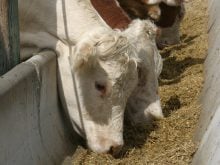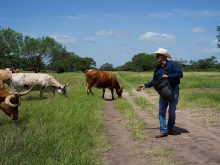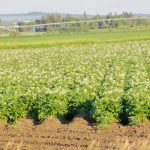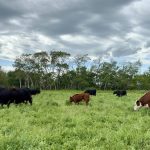BANFF, Alta. – There’s more to barley than livestock feed and beer.
Finding those additional uses is one aim of the research projects funded by the Alberta Barley Commission.
The commission is considering giving $500,000 toward building a growth facility at the barley breeding centre at Lacombe.
The Alberta government has been asked to help share the cost of the facility which is more than $1.5 million, said Clifton Foster, general manager of the commission.
This specialized building is split into growing rooms called cells, each with its own climate control. It can grow three crops a year and speed up the plant breeding process.
Read Also
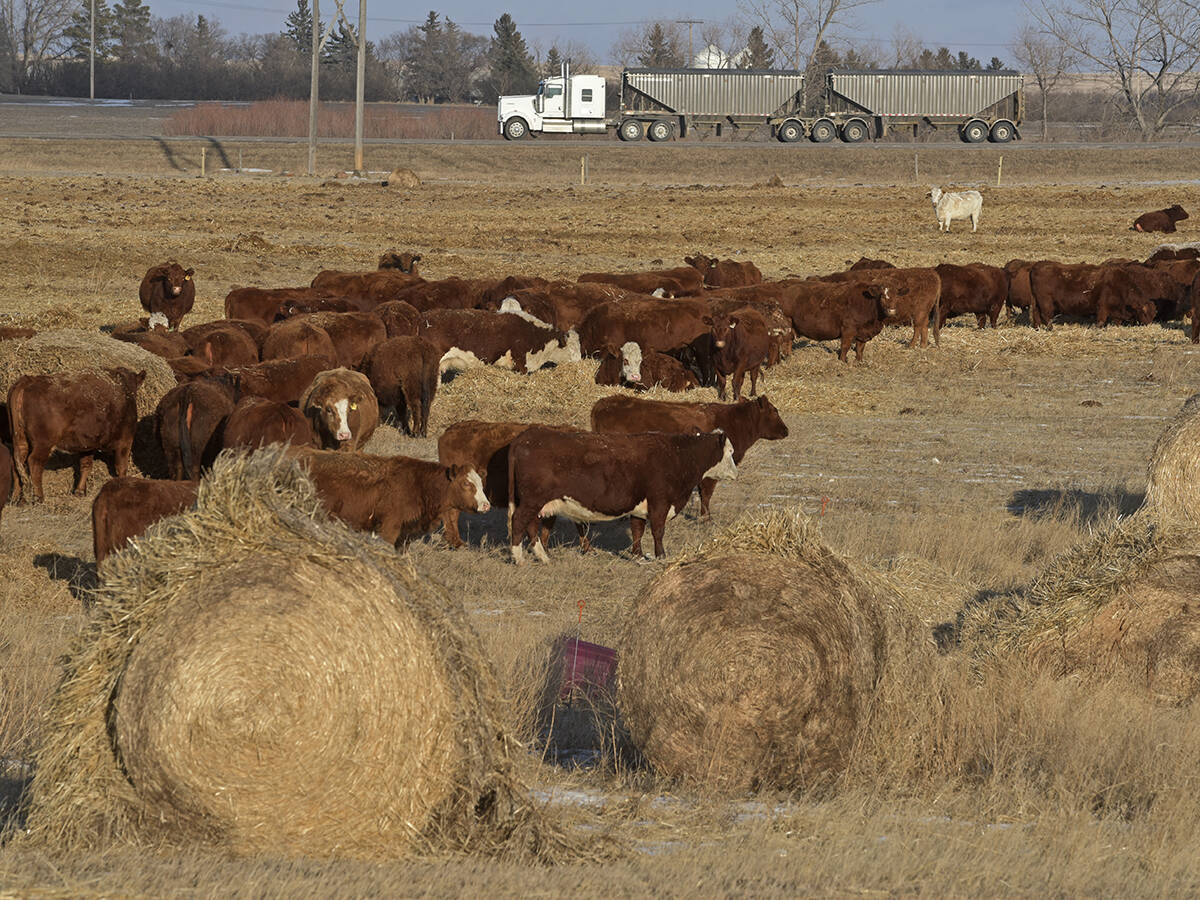
Canadian Cattle Association hopeful of agreement with Alberta group
The Canadian Cattle Association is optimistic the two parties will work through the issues ABP identified and resolve them before the July 1, 2026, withdrawal date.
It takes about 10 years to develop a new barley variety and by accelerating the number of plant generations, improved strains can enter the commercial seed market sooner.
“It’s not a done deal yet even though we’ve agreed we’ll hold up our end. We don’t necessarily have the final stamp of approval,” Foster said.
A second project that recently received approval involves barley feeding trials for hogs and cattle in Mexico. Alberta will provide some cash and barley to introduce the Mexicans to barley.
There is also a barley mission going to the Pacific Rim this summer to promote the crop and reassure Asians that steps are being taken to remove barriers that jeopardize sales.
“I want to reassure these people there are Canadians back in Alberta working to remove some of the structural barriers … like the rail strikes that jeopardize these markets,” said Tim Harvie, commission chair.
The mission will visit Japan, South Korea, China and Taiwan for two weeks in June.
Another thrust is looking at barley for greater human consumption.
“Less than one percent of our barley goes into the production of food. So there’s obviously a lot of room for improvement,” said Harvie.
Research projects have already examined the health benefits of barley and this information is being used as a marketing tool.
Promotional materials include a new logo and the slogan “Hearty, healthy choice” for material directed at the food industry and “Alberta barley – the better alternative” on the feed side.
To fund these projects and other commission activities, a voluntary levy of 40 cents a tonne is deducted from farmers’ sales of barley.







